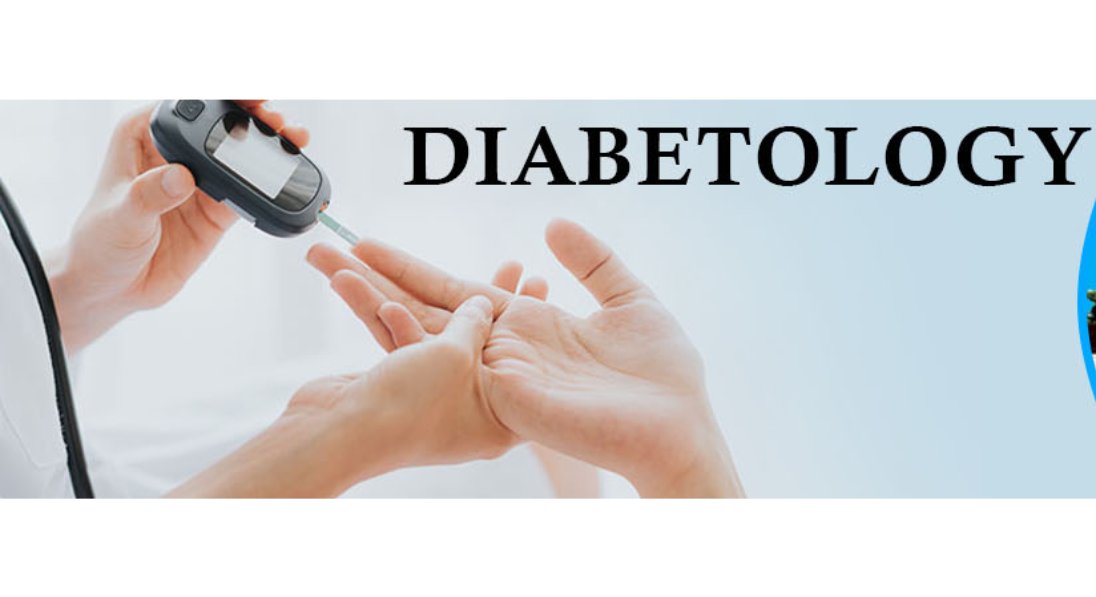DIABETOLOGY
Dr. K. Thangavelu MD.,(Gen Med)
Chairman
Consultant Physician and Diabetologist

DIABETES MELLITUS
Diabetes Mellitus is a metabolic disorder involving blood sugar levels. The blood sugar level has to be maintained in a normal range to prevent morbidity and mortality in these patients. A good control blood sugar levels will help them to have normal span of life.
DEFINITION
DM is a disorder of metabolism and inappropriate hyperglycemia due to either deficiency of insulin secretion or a combination of insulin resistance and inadequate secretion. There are two types of diabetic mellitus.
- TYPE1: This is due to islet beta cells destruction by on autoimmune process. This occurs at any age but most commonly children and young adults. As the insulin secretion is totally absent these patients have to necessarily on insulin life time. This accounts to 10% to 15% of all diabetes.
- TYPE2: In these patients though insulin is secreted, either it is insufficient or does not work due to insulin resistance. This type can be seen is people from age of 20-25yrs to any age.
The main symptoms of diabetes mellitus are frequent urination, excessive thirst, increased appetite and loss of weight. When the complications develop the patient can have burning sensation of feet, benumbed feeling on the feet, visual disturbance, chest pain, difficulty in breathing difficulty or weakness of one half of the body, swelling of the legs, vomiting.
COMPLICATION AFFECTING DIFFERENT ORGANS
- Kidneys – Kidney Failure
- Eyes – Retinopathy loss of vision
- Heart – Heart Attack
- Brain – Weakness of one half body (hemiplegia)
DIAGNOSIS
Normal fasting blood sugar 70-110mg/dl, post prandial 80-140mg/dl, random blood sugar 80-130mg/dl HBA1C: 6.5 to 7% if the blood sugar levels are amore that above said 11am is in more than one sitting, a diagnosis of DM is confirmed.
MANAGEMENT
To start with life style management is very important. Every patient should have a moderate exercise of 30-40 mints daily.
DIET
Carbohydrates in the diet have to be brought to be minimum total diet intake has to be decided according to the body weight. Diet charts can be given accordingly to body weight.
DRUGS
Different groups of drugs like secretogogues stimulate insulin secretions. Biguanides, Thiazolidandione which break insulin resistance. DPP4 inhibitor and SGLT4 inhibitor can be used. In these patient when the OHAs fail they have to be put on insulin either huminsulin or analogues.

